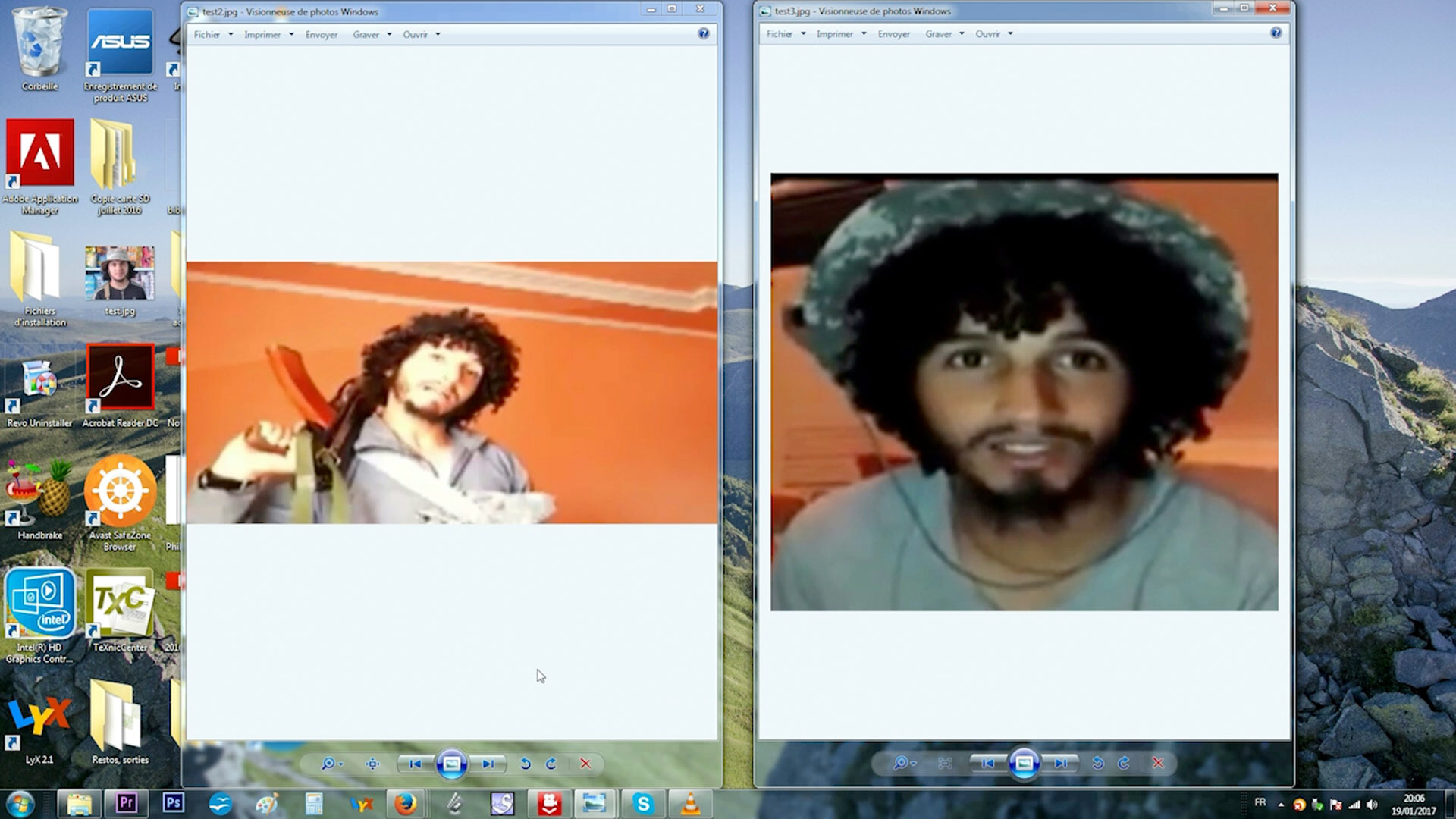My crush was a superstar
The desktop documentary is a captivating format for various reasons. It is the videographic equivalent of stream of consciousness writing: a narrative mode that hands the reins to the thoughts and feelings that pass through the head of the maker. The result is a narration that feels very alive, very in the now, and sometimes very muddled. Also, the desktop documentary emphasizes the process of looking for answers over the relaying of the actual conclusion. It turns the viewer into a travelling companion on a trip to knowledge. In that respect, it is akin to documentary strategies such as the ones used in Searching for Sugar Man (2012) or Catfish (2010).
This short desktop documentary by Chloé Galibert-Laîné is a prime example of the power of the format. In it, she pursues her interest for a young jihadi, trying to trace his digital footsteps on the internet. The video combines the desktop documentary strategy with another narrative tradition that is affiliated with stream of consciousness: that of the epistolary novel. The timeline and motivations of her quest are made clearer by the emails she writes (and reads out loud) to her collaborator Kevin B. Lee. The result is a mesmerizing account of an investigation that is both intellectual and artistic, both political and personal.


